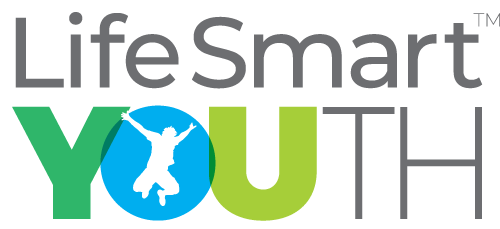April is STD Awareness Month
We teach kids how important it is to wash their hands to get rid of germs, or to cover their mouths when they cough or sneeze to prevent the spread of germs. But what about teaching the importance of preventing germs such as sexually transmitted diseases (STDs)?
According to the CDC, young people aged 15–24 years account for half of all new STD infections each year.
Since there are over 30 different viruses, bacteria and parasites that can cause an STD, knowing how STDs spread and how they can be prevented is just as important as knowing how to prevent the common cold.
LifeSmart Youth first introduces STDs into programming starting in 6th grade during our Human Growth and Development lesson. We continue the discussion in our program for Indiana 7th grade students, 3Rs® (Rights, Respect and Responsibility). Our Health Educators cover 6 of the most common types of STDs, how they are spread, if they have a cure, and how to prevent them.
These are some of the key points that are important for young people to understand about STDs:
-
Spread during sex from a person with an STD to a person without an STD
-
Can spread through sexual fluids and/or skin-to-skin sexual contact
-
Often, people with an STD look fine and feel fine
-
The only way to know if a person has an STD is to be tested by a medical professional
With April being STD Awareness Month, take some time to talk to the adolescents in your life and see what questions that they might have about STD prevention.
DOES TALKING TO KIDS ABOUT SEX
MAKE A DIFFERENCE?
According to many researchers, the answer is “yes.” Studies have shown that youth who report talking with their parents about sex are more likely to delay having sex and to use condoms when they do have sex.
Additional Resources
For more resources about how to start the conversation and to see how LifeSmart Youth tackles STD education, visit the links below.

